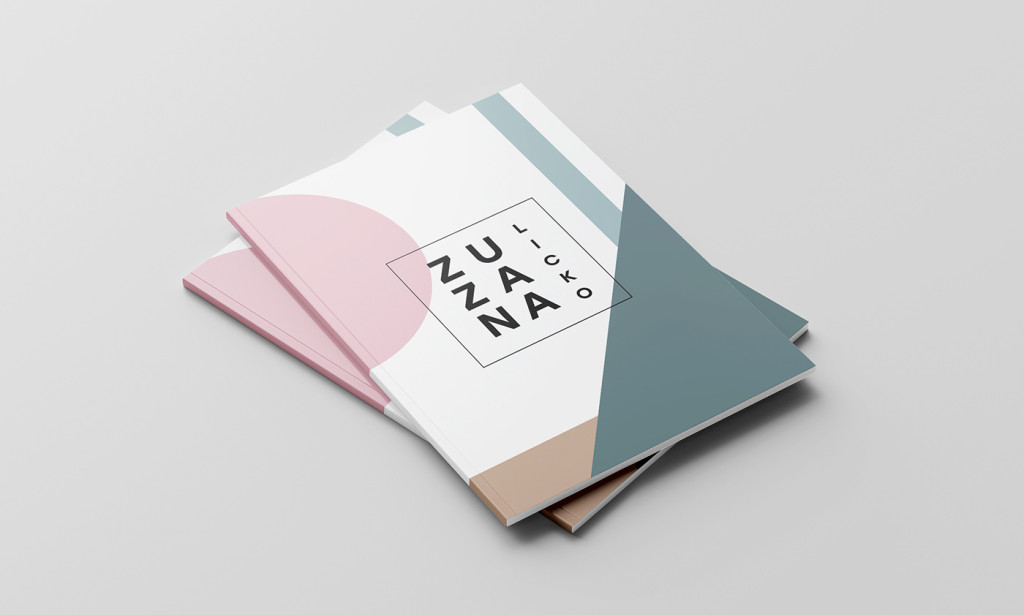Booklets are compact, multi-page printed publications that serve a variety of purposes—from instruction manuals and product catalogs to event programs and promotional materials. Defined by their simple folding and binding methods, booklets provide an organized format for sharing detailed information in an accessible, easy-to-handle package.
Common Booklet Sizes
A5 Booklet
-
Dimensions: 148 × 210 mm (5.8 × 8.3 in)
-
Advantages: Portable, cost-effective for small runs, and ample space for text and graphics.
-
Typical Uses: Event programs, small product guides, and corporate overviews.
3×5 Booklet
-
Dimensions: 76 × 127 mm (3 × 5 in)
-
Advantages: Highly portable, ideal for pocket-sized references and take-away materials.
-
Typical Uses: Quick-reference guides, loyalty cards with perforated pages, and appointment reminders.
Binding Techniques for Booklets
How a booklet is bound influences its durability, appearance, and how ease of use. Below are several popular binding options:
Wire O Booklet
-
Description: Wire loops thread through punched holes along the spine, then crimp closed.
-
Strengths: Lies flat when open, accommodates higher page counts, and offers a clean, professional look.
-
Applications: Training manuals, financial reports, and recipe collections.
Wire Coil Booklet (Spiral Bound Coil Booklet)
-
Description: A continuous plastic or metal coil is spiraled through evenly spaced holes.
-
Strengths: 360° page rotation, durable for frequent handling, and cost-effective for both small and large runs.
-
Applications: Notebooks, workbooks, and reference materials that require frequent flipping.
Perfect Bound Booklet
-
Description: Individual pages are glued to a wraparound spine, creating a square-edged finish.
-
Strengths: Sleek appearance, spine can be printed for easy shelf identification, and suitable for moderate to large page counts.
-
Applications: Catalogs, longer reports, and high-end product guides.
Instruction Booklets
Instruction booklets are specialized booklets designed to guide the reader step by step through a process or set of procedures. Clarity and organization are paramount when creating instruction booklets, as they often accompany products or services where incorrect usage can lead to customer dissatisfaction or safety concerns.
-
Key Elements:
-
Sequential layouts: Numbered steps or flowcharts to show progression.
-
Illustrations and diagrams: Visual aids to clarify complex steps.
-
Safety notes and cautions: Highlight potential hazards or best-practice tips.
-
Table of contents: Quick navigation for longer instruction sets.
-
-
Recommended Binding: Wire coil or spiral bound coil booklets, allowing pages to lie flat during use and preventing accidental page loss.
Designing for Durability and Usability
When selecting the right booklet format, balance the visual impact with functional needs. Consider the following design factors:
Paper and Cover Stock
-
Interior pages: Standard text weights (80–100 gsm) for readability and cost efficiency; heavier weights (120 gsm+) for a premium feel.
-
Covers: Cardstock (200–300 gsm) for rigidity; laminated finishes add moisture resistance and longevity.
Finish Options
-
Matte Lamination: Subtle sheen, fingerprint resistance, and a subdued appearance suitable for professional materials.
-
Gloss Lamination: Vibrant color pop, easy to wipe clean, and ideal for image-rich layouts.
-
Spot UV Coating: Selective gloss highlights on logos or key visuals for tactile contrast.
Typography and Layout
-
Font selection: Sans-serif fonts for digital-style clarity; serif fonts for longer reading passages.
-
Hierarchy: Clear headings (H2, H3), subheadings, and captions to guide the reader’s eye.
-
White space: Adequate margins and spacing prevent overcrowding and enhance readability.
Choosing the Right Booklet Type
-
Page count:
-
Under 48 pages: Wire O or spiral binding is cost-effective and lies flat.
-
Over 48 pages: Perfect bound offers a more polished look and stronger spine support.
-
-
Usage frequency:
-
Frequent reference: Wire coil booklets accommodate handling and folding back.
-
Single-use or light use: Saddle stitch or small wire-O booklets may suffice.
-
-
Portability needs:
-
Pocket guides (3×5 booklet): Compact for on-the-go reference.
-
Desk manuals (A5 booklet or larger): Easier to read at a workstation.
-
-
Visual presentation:
-
High-end visuals: Perfect bound with hardcover or specialty PS boards for an upscale feel.
-
Flexible layouts: Wire O booklets allow printing full-bleed across spreads without hidden content in the gutter.
-
Applications and Use Cases
-
Corporate Reports: Annual summaries, financial reviews, and employee handbooks often use perfect bound booklets for a refined appearance.
-
Educational Materials: Workbooks, study guides, and lab manuals benefit from spiral bound coil booklet formats that lay flat.
-
Promotional Collateral: Product brochures and event programs can use A5 booklet sizing with wire O binding for a professional touch.
-
Technical Documentation: Instruction booklets for electronics or machinery require durable binding and clear step-by-step visuals.
-
Field Note-Taking: Spiral notebooks (wire coil booklets) tailored to specialized industries—medical, legal, or architectural—typically feature reinforced covers and grid or lined interiors.
Sustainability Considerations
As environmental awareness grows, consider eco-friendly choices when producing booklets:
-
Recycled and FSC-certified papers: Support sustainable forestry practices.
-
Soy- or water-based inks: Reduce volatile organic compounds (VOCs) and improve recyclability.
-
Minimalist binding: Saddle stitch or smaller wire-O options use fewer raw materials.
-
Modular updates: For materials that change frequently (e.g., training guides), design in sections that can be replaced rather than reprinting entire booklets.
Conclusion
Booklets encompass a broad range of formats—from the compact 3×5 booklet to the professional finish of a perfect bound booklet—and binding methods such as wire O booklets, wire coil booklets, and spiral bound coil booklets. By understanding the distinct advantages of each style and aligning them with page counts, usage scenarios, and design goals, creators can deliver clear, durable, and reader-friendly materials. Whether producing instruction booklets for technical processes or a sleek A5 booklet for corporate presentations, careful attention to materials, binding, and layout will ensure that your content is both accessible and impactful—without resorting to sales language or overused phrases.



You must be logged in to post a comment.